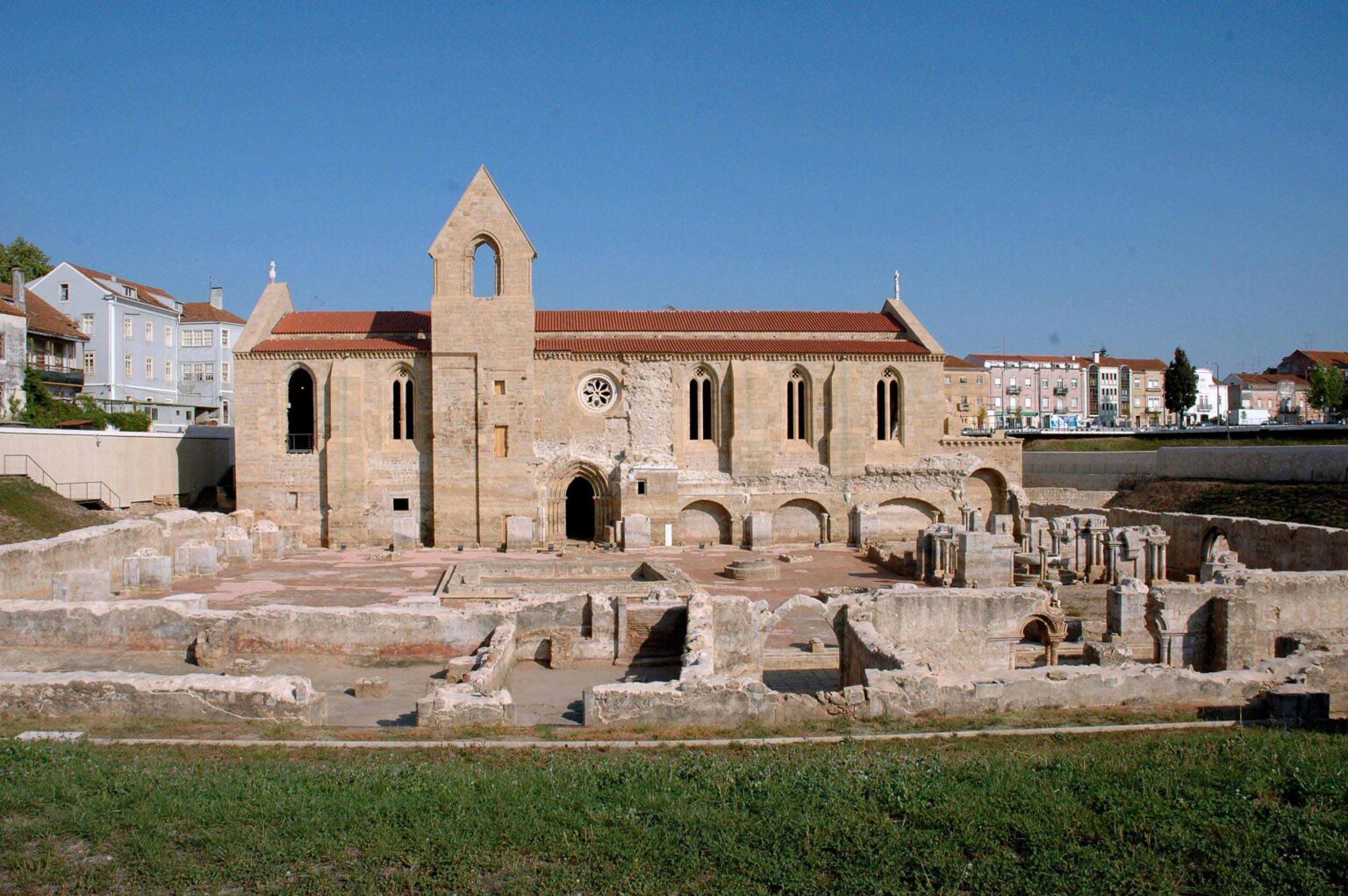Coimbra University is one of the oldest in Europe and one of only five in the world listed as a World Heritage Site . It was founded in 1290, and occupies its current building since 1544. It’s the former royal palace, but very little remains of the royal residence, as it was remodelled and extended over the centuries, and especially in the 1700s. Gold leaf covers much of Capela de São Miguel, the ornate chapel with a brightly-painted ceiling. It dates back to the 11th century, but its current layout is from the 1500s. Its magnificent pipe organ from 1733 is still used today.
Opening hours: from March to October from 8:45 to 19:00.
Transportation: Urban buses: smtuc, urban buses to university
5,50,27,19t,50t,103, or 15 min walk from Hotel D Ines.
Price: €12,50
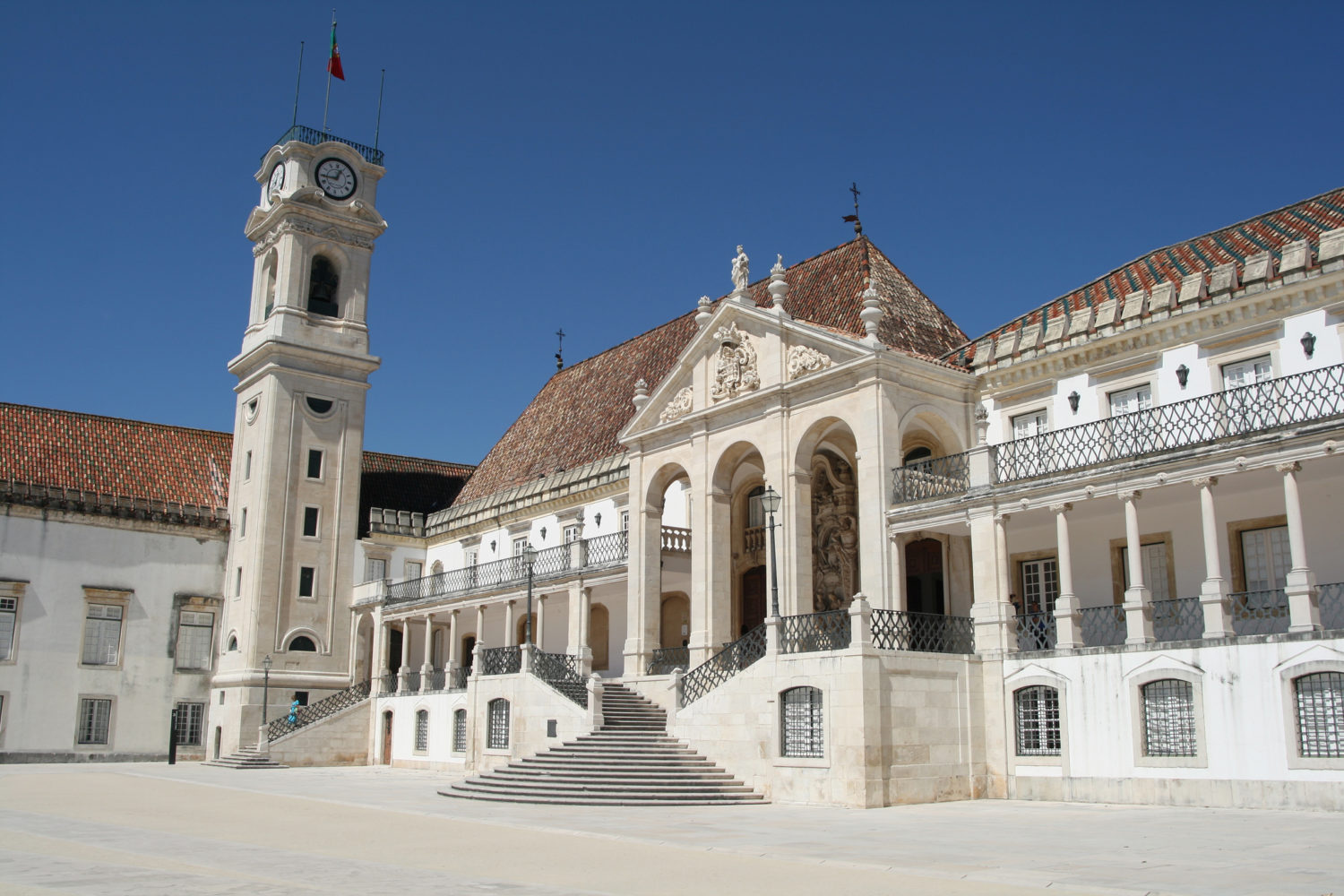
The university’s baroque library is Coimbra’s headline sight. Named after King João V, who sponsored its construction between 1717 and 1728, it features a remarkable central hall decorated with elaborate ceiling frescoes and huge rosewood, ebony and jacaranda tables. Towering gilt chinoiserie shelves hold some 40,000 books, mainly on law, philosophy and theology. Curiously, the library also houses a colony of bats to protect the books - they eat potentially harmful insects. Note admission to the library is strictly regulated, with entry in groups at set times. At your allotted time - given when you buy your ticket - you enter through a side door and wait to be admitted to the main hall. While waiting you can peek down into the cells of the Prisão Acadêmica.
Opening hours: every day from 9:00 to 16:30.
Transportation: Urban buses: smtuc, urban buses to university 5,50,27,19t,50t,103, or 15 min walk from Hotel D Ines.
Price: €10
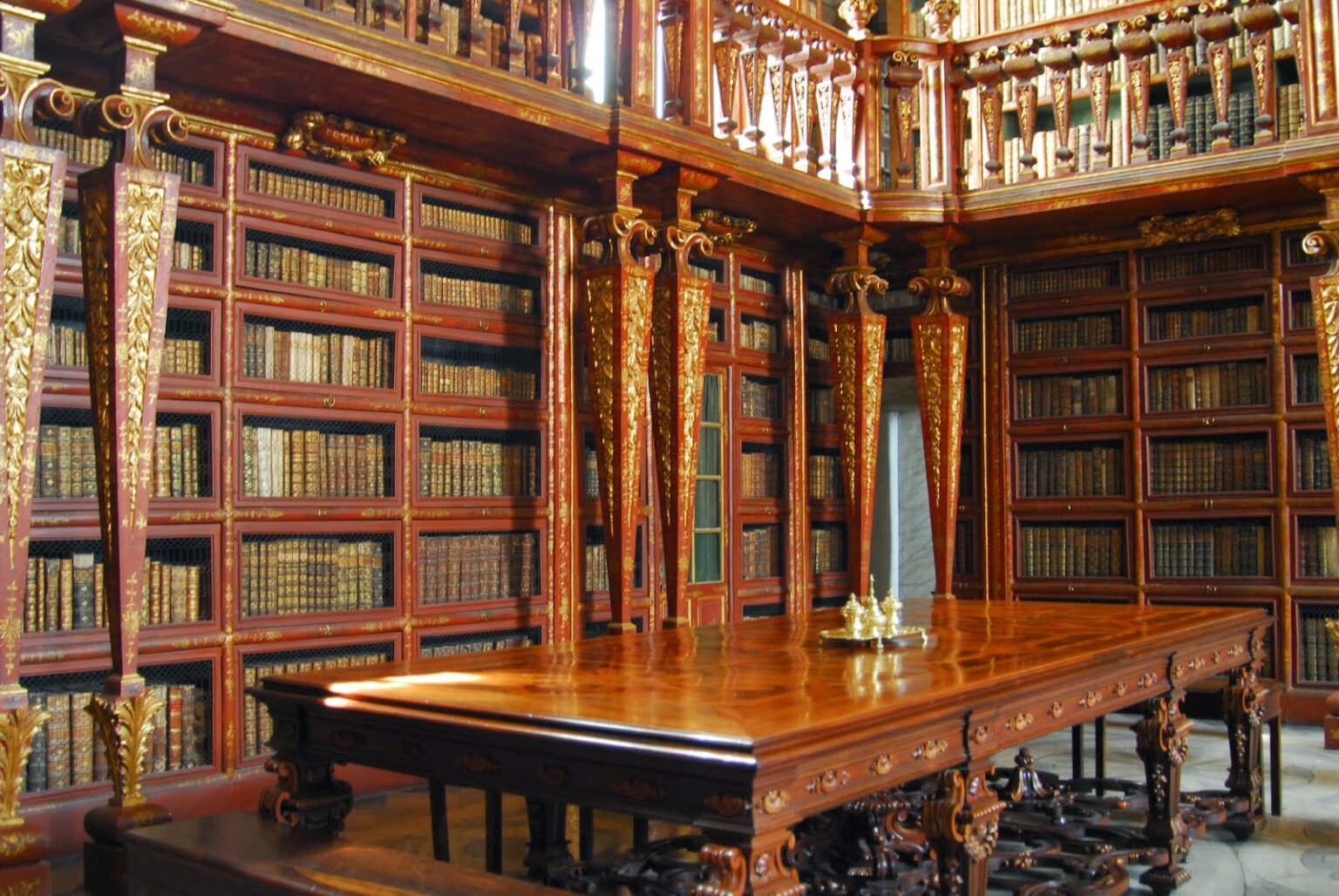
The Sé Nova (New Cathedral) in Coimbra was originally a Jesuit church built slowly over a hundred years between 1598 and 1698. The church’s first architect was Baltazar Alvares and the design of the building was based on the Mosteiro de São Vicente de Fora in Lisbon. When the Jesuits were expelled from Portugal by the Marquis de Pombal in 1759, Sé Nova became vacant. Thus in 1772 cathedral status was transferred from the smaller Sé Velha to the larger Sé Nova, which is located at the top of the hill in the historic higher part of the city (Alta de Coimbra) close to Coimbra University.
Opening hours: Monday to Saturday from 9am to 6.30pm, Sundays from 10am to 12.30pm.
Transportation: Urban buses: smtuc, urban buses to university
5,50,27,19t,50t,103, or 15 min walk from Hotel D Ines.
Price: free of charge.
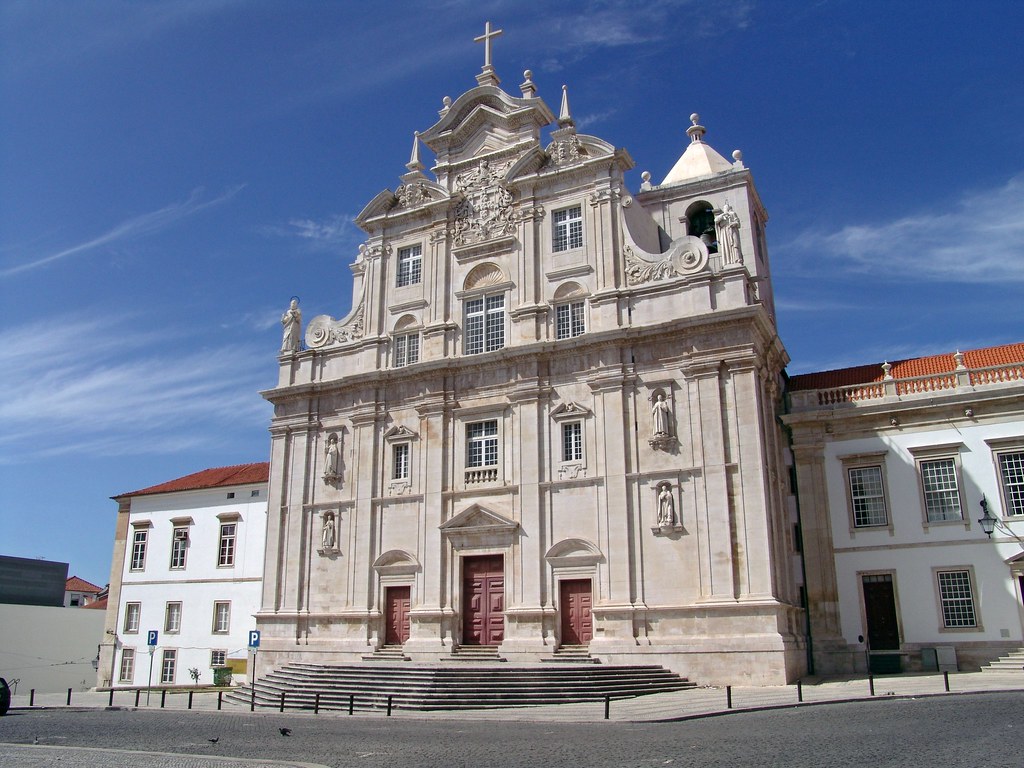
The Machado de Castro National Museum is situated in the former Episcopal Palace, built on the Roman cryptoporticus of the Æminium forum. The underground passages of the cryptoporticus provide visitors with a unique and memorable experience. Over the centuries, the Episcopal Palace underwent various renovations and expansions, including a Romanesque cloister from the Condal period, a harmonious Loggia from the 16th century, and a renovated Church from the 17th and 18th centuries. The museum has undergone a recent project of requalification and expansion by architect Gonçalo Byrne. The museum is named after Joaquim Machado de Castro, a renowned national sculptor from Coimbra. As one of the most important museums of fine arts and archaeology in the country, the Machado de Castro National Museum boasts significant collections of painting, sculpture, and art.
Schedule: Tuesday to Sunday, from 10h00 to 18h00.Last entry 30 min. before closing.
Transportation: Urban buses: SMTUC with stop at the Museum: # 28, 34, and 103, Or 20 min walk from Hotel D Ines.
Price: €6
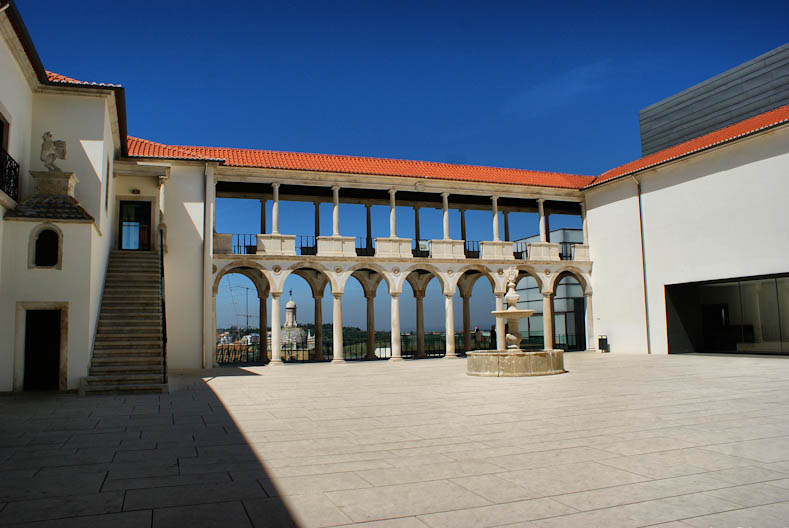
Quinta das Lágrimas, located in Coimbra, Portugal, witnessed a poignant love story in the 14th century. Prince Pedro and Inês de Castro defied societal norms and fell deeply in love despite their different social statuses. Their forbidden love faced opposition from King Afonso IV, Pedro’s father, who exiled Inês in an attempt to end their relationship. Undeterred, Pedro brought Inês back to Quinta das Lágrimas in secret, and their love flourished in the estate’s romantic gardens and serene lakes.
Schedule: Tuesday to Sunday: 10am - 7pm;
Transportation: Urban buses: SMTUC with stop at quinta das Lagrimas: # 21R, 43, 49T and 6.
Price: €2.5
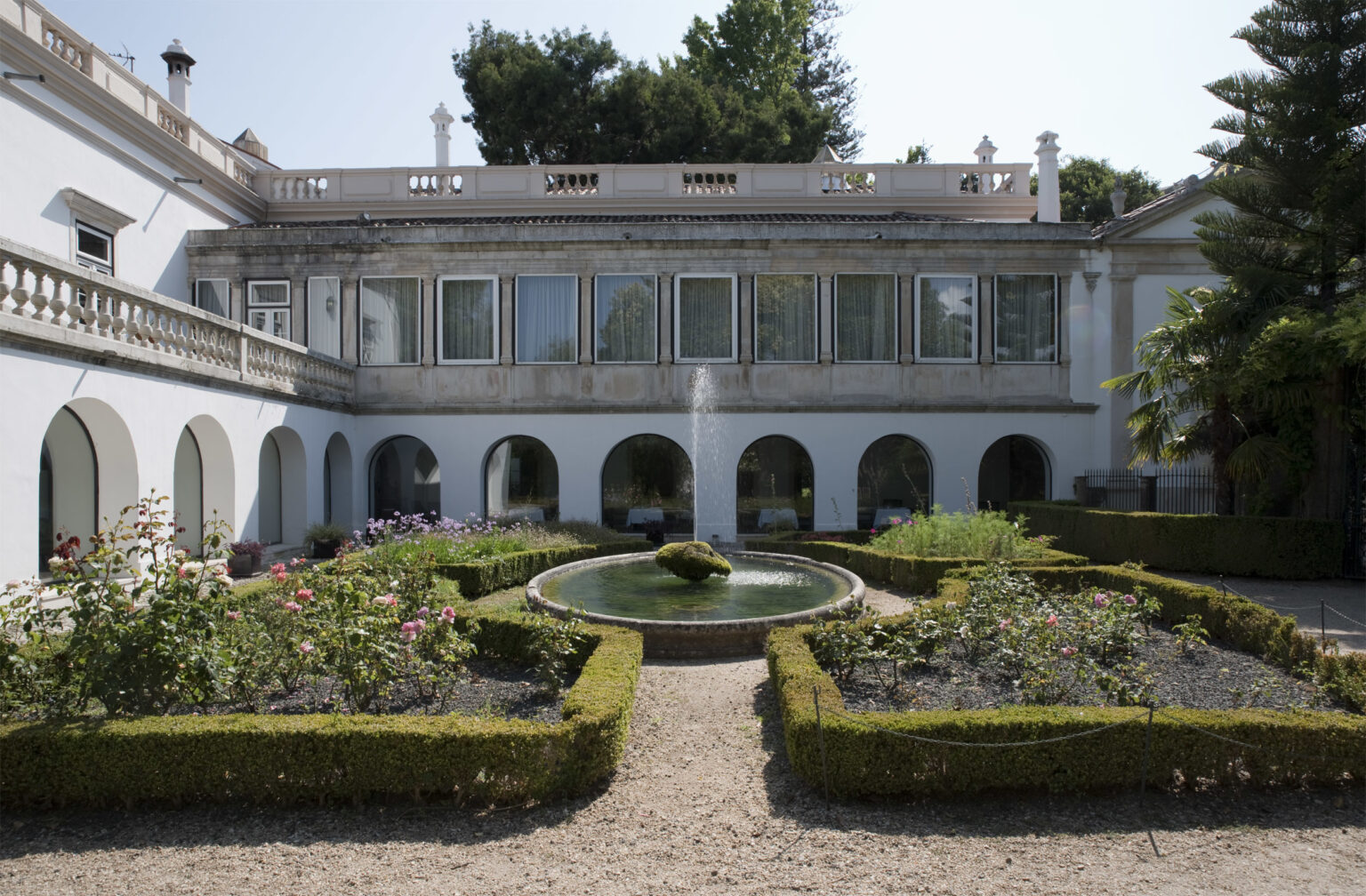
Classify as a National Monument, since June 16th of 1910, the Monastery of Santa Clara-a-Velha is placed on the left side of river Mondego in Coimbra. The more important factor for the construction of the Monastery on this place was the proximity to the river. However this proximity marked the history of the Monastery from the beginning to the present day. If, on the one hand, the presence of water was an asset to the monastic community and to the day-to-day life in the Royal Palace (built near the Mondego river), on the other hand, the cyclical floods of the Mondego, made life unbearable inside the walls, forcing to abandon definitive in 1677 and to the change for the new convent (Monastery of Santa Clara-a-Nova) in Monte Esperança. The last floods occured in January and February of 2016. During the project of monument’s recovery and valorisation, from 90’s of the 20th Century, were detected gothic architectural structures in good condition that required an archaeological campaign to unveil a vast, varied and rich assets.
Schedule: From April 1st to October 14th: Tuesday to Sunday, 10am to 7pm
Transportation: Urban buses: SMTUC with stop at Dom Duarte School and Portugal dos Pequenitos # 6, 14, 38, 41, r 30 min walk from Hotel D Ines.
Price: €4
